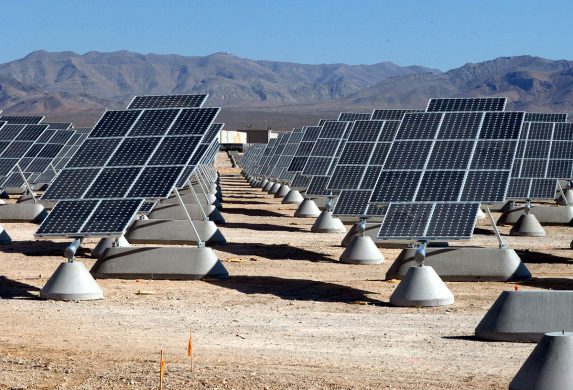The World Bank, in partnership with the International Solar Alliance (ISA), launched the Global Solar Atlas at an ISA event at the World Future Energy Summit in Abu Dhabi.
The free, online tool is designed to help investors and policymakers identify potential sites for generating solar energy virtually anywhere in the world.
The tool shows annual solar power potential and has the capacity to zoom into areas in great detail –with a spatial resolution of 1 kilometre (0.6 miles).
According to the World Bank, the tool can also provide access to high-resolution global and regional maps and geographical information system (GIS) data, allowing users to print poster maps and utilise the data in other applications.
The Global Solar Atlas will provide solar developers and investors with an easily accessible platform to compare resource potential between different national and international sites, saving governments’ money and time compiling their own data.
Shows commitment
The World Bank says the tool serves as an example of the Bank’s commitment to ISA and to scaling up renewable energy in client countries.
The data will also be accessible through the International Renewable Energy Agency’s Global Atlas for Renewable Energy, allowing users to overlay additional data, including transmission lines and protected areas to identify potential sites for solar development.
The Global Solar Atlas was funded by the Energy Sector Management Assistance Program (ESMAP) – a multi-donor trust fund administered by the World Bank – and was commissioned in collaboration with International Finance Corp. to ensure relevance to both public- and private-sector stakeholders.
The tool was developed by commercial solar resource data provider, Solargis.
Surge of interest
Riccardo Puliti, Senior Director and Head of the World Bank’s Energy & Extractives Global Practice, said:
“The World Bank is seeing a surge of interest from our clients in solar power as a result of the dramatic cost decreases over the past few years. We hope that the Global Solar Atlas will help inform the crucial planning and investment decisions that will need to be taken over the next decade to shift to more sustainable forms of energy.”
The Bank says the underlying solar resource database is based on up to 22 years of satellite data and has been validated using high quality ground-based measurement data where this exists.
However, the Bank acknowledges that the data is not fully validated in many developing countries due to the absence of ground-based measurement data from high-precision solar radiation sensors.
The World Bank, with funding from Energy Sector Management Assistance Program (ESMAP), intends to install solar measurement stations in more than 20 countries over the next four year to reduce the risks associated with higher margins of uncertainty.















